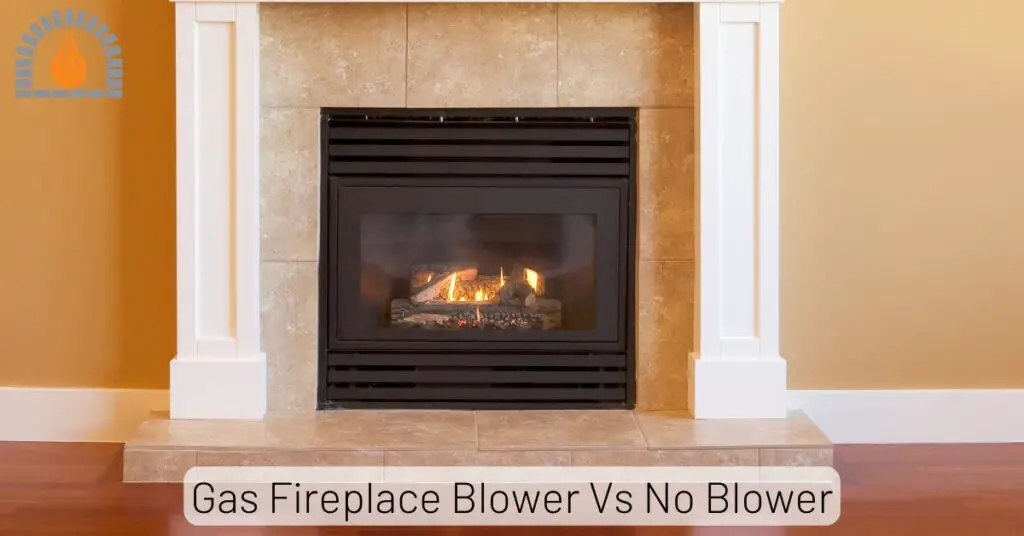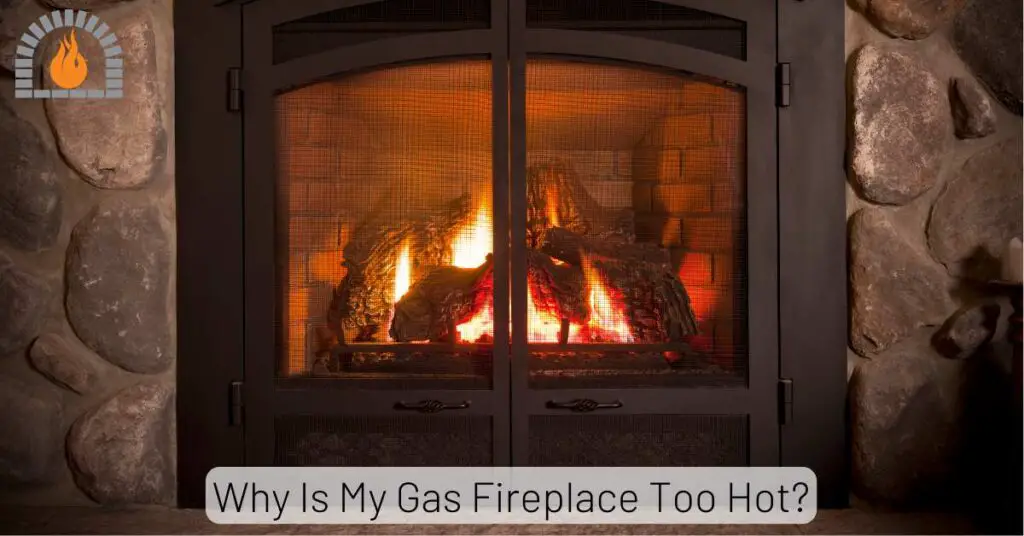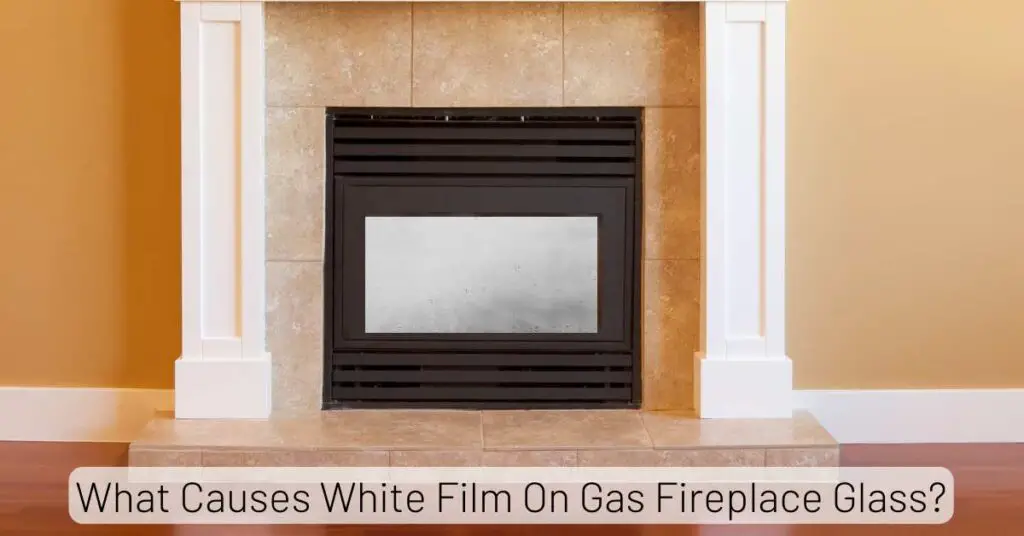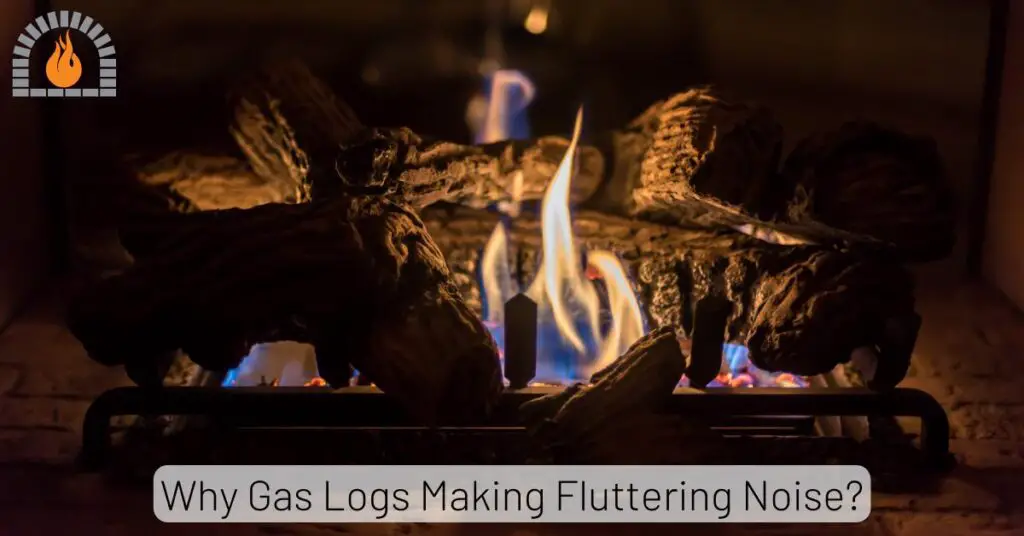In the realm of gas appliances, one often notices the mesmerizing dance of blue flames tinged with orange tips. This captivating phenomenon is not merely for aesthetics; it’s a result of the intricate chemistry and physics governing the combustion process.
Why Is The Gas Flame Blue With Orange Tips?
The blue color in the gas flame results from the complete combustion of methane gas, while the orange color at the flame tip is due to the presence of tiny soot particles or unburned carbon that have not undergone full combustion in the high-temperature core.
The color of a gas flame can provide information about the combustion process and the types of elements present in the flame. A blue flame with orange tips is commonly associated with burning natural gas or methane.
The color variations in the flame are due to the different temperatures and chemical reactions occurring in various flame regions.
Blue Flame
The inner core of the flame is typically blue. This is the hottest part of the flame where complete combustion of the gas is occurring. The blue indicates high temperatures, often around 2,000 degrees Celsius (3,632 degrees Fahrenheit).
The blue color results from the complete combustion of the methane gas, producing mainly carbon dioxide and water vapor.
Orange Tips
The outer part of the flame, which is cooler, may appear yellow or orange. This coloration is due to tiny soot particles or unburned carbon not fully combusted in the high-temperature core.
These particles emit light as they heat up, creating the characteristic orange glow at the tips of the flame.
The incomplete combustion in this outer zone is often intentional to provide visible light.
Common Causes of Gas Flame Blue with Orange Tips
A gas flame that is predominantly blue with orange tips is generally considered normal for many gas appliances. However, certain conditions or issues can cause variations in the flame color.
Here are some common causes of a gas flame being blue with orange tips:
-
Incomplete Combustion: Incomplete combustion can lead to the production of carbon monoxide and cause the flame to appear orange. This can be due to a lack of sufficient oxygen for complete combustion.
-
Air/Fuel Mixture Issues: Incorrect air-to-fuel ratio can affect the flame color. Not enough air mixed with the gas during combustion can result in a less efficient burn and cause orange tips.
-
Dirty or Clogged Burners: Dust, debris, or dirt accumulation on burners can disrupt the proper mixing of air and gas, leading to incomplete combustion and an orange flame.
-
Ventilation Problems: Inadequate ventilation in the area can affect combustion. Ensure that the gas appliance has proper ventilation for sufficient air intake.
-
Gas Pressure Issues: If the gas pressure is too low or too high, it can impact the flame color. Proper gas pressure is necessary for a clean and efficient burn.
-
Gas Quality: Poor-quality gas or contaminants in the gas supply can affect combustion and result in flame color variations.
-
Combustion Chamber Issues: Problems within the combustion chamber, such as damage or irregularities, can influence the flame color.
-
Burner Alignment: Misaligned burners may not allow for proper air and gas mixing, leading to variations in flame color.
-
Incomplete Gas Combustion: In some cases, the gas may not be fully combusted, leading to the appearance of orange tips. A dirty burner or insufficient oxygen supply could cause this.
If you observe a persistent issue with the flame color, especially if other signs of malfunction accompany it, or if you suspect a gas leak, it’s crucial to consult a qualified professional or contact the gas utility company for assistance. Gas-related issues should be addressed promptly for safety reasons.
Related Post: Why Gas Fireplace Blue Flame Always On?
Complete Combustion vs. Incomplete Combustion
Complete combustion occurs when there is an optimal ratio of fuel to oxygen, resulting in the clean burning of natural gas. In such instances, the flame tends to appear blue, signifying a well-regulated combustion process.
On the flip side, incomplete combustion, caused by insufficient oxygen, can lead to the production of carbon monoxide and a yellow or orange flame.
Related Post: Is It Dangerous If The Pilot Light Goes Out?
Final Thoughts
In conclusion, the blue color in the core of the flame indicates complete combustion of the gas, while the orange tips result from the presence of more excellent, partially burned particles.
The overall appearance of a blue flame with orange tips is a combination of these different temperature zones within the flame.
Affiliate Disclosure: Fireplaceadviser.com is a participant in the Amazon Services LLC Associates Program. We may earn a commission when you click on certain links on this site and purchase.

Hello!! I am Jamal Khan. I often fix my home electric heaters and gas stove problems and research the common issues in the heating units to improve my knowledge and expertise. The aim of establishing fireplaceadviser.com is to share my expertise and knowledge with my audience.












